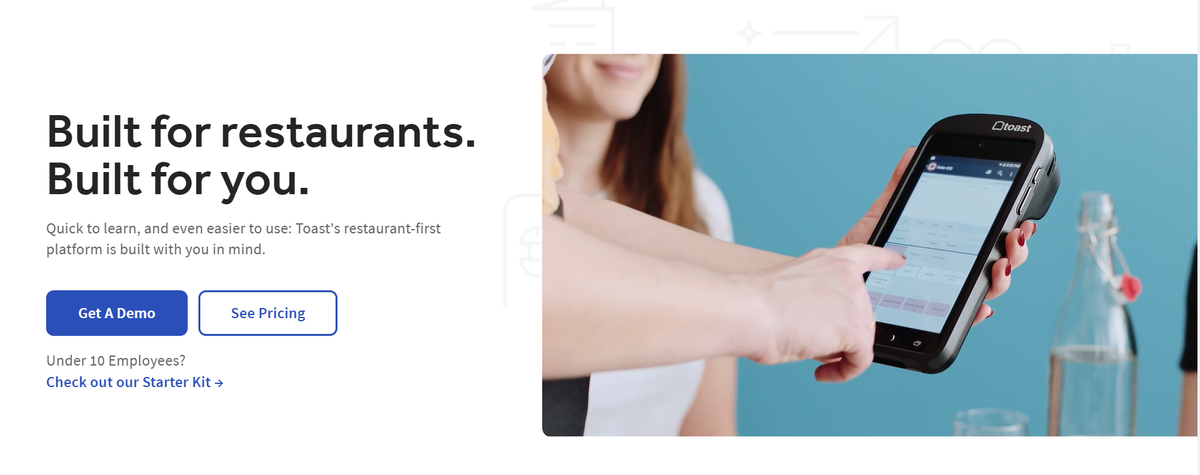TechRadar Verdict
Toast is one of the best point-of-sale systems for restaurant owners. It makes it easy not just to accept payments but also to manage your restaurant operations. The main drawback is the platform’s relatively high payment processing fees.
Pros
- +
Inventory management tools
- +
You can create loyalty programs for customers
- +
Multi-location support
Cons
- -
High transaction fees
- -
Expensive hardware
Why you can trust TechRadar
Toast has an interesting history. It was founded in 2012 initially as a consumer app for mobile payments, discounts, product promotions, etc. However, the team later pivoted to building a point-of-sale system for restaurants. The POS system saw huge success and was adopted by thousands of restaurants across the U.S. Later on, Toast added complementary software to help restaurateurs run their operations in addition to collecting payments.
Toast raised hundreds of millions of dollars as a private company before a successful public listing on the New York Stock Exchange in 2021. The money helped the company expand across the United States and a few European countries. Though designed for restaurants, Toast’s POS system is also used by other hospitality providers such as hotels and lounges.
Toast POS: Plans and pricing
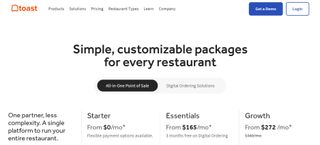
The first cost to note is the upfront price of the point-of-sale hardware. Toast offers its own hardware to customers; you can choose the Flex, Go, Tap, or Kiosk. There’s no fixed price because the hardware comes in different forms and versions. For example, there are different Flex terminals for the restaurateur, customer, and kitchen, and you’ll need three of them to run a full-fledged operation. Generally, the hardware you’ll need to get starts from $899 and about $499 for installation, which is costly.
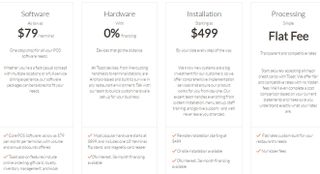
After buying the hardware, you’ll also need to pay a recurring subscription fee to use Toast’s software. You can choose from these plans;
Starter Kit: This is a free package that gives you access to the point-of-sale software package for a single location.
Point of Sale: $69 per month. You can run Toast’s POS system at multiple locations if you choose this package, and it also includes custom hardware configuration.
Essentials: $165 per month. This gives you access to complimentary software tools like online ordering and delivery management.
Custom: There’s no standard pricing for this plan (you have to contact Toast’s sales team for a quote). With this plan, you can go as far as managing your payroll right from Toast's platform. It also includes integrations with over 100 restaurant tools.
Transaction fees are charged separately and depend on if you pay for your hardware upfront or use a monthly plan. If it's a monthly payment plan, the fee is 2.99% + 15 cents for every card payment. If you pay upfront, it comes down to 2.4% + 15 cents.
Toast POS: Features
Hardware
Various hardware options that Toast offers include
Toast Flex
Flex is a full-service payment terminal that includes a 14-inch screen, 16GB flash memory, and WiFi & Bluetooth connectivity. The screen is spill-proof, which is much needed in a restaurant where there's a high risk of food and beverage spills. It helps you organize and manage your orders with ease.
You can’t use this screen alone to run your restaurant. You’ll also need to buy separate hardware to accept payments from customers’ cards, which we’ll mention below. Note that Flex isn’t the only terminal you can choose, but it’s the best to use.
Toast Tap
Toast Tap is a compact device that allows you to charge customers. Your customers can swipe, insert, or tap their cards to pay seamlessly. It accepts payments from all major debit and credit cards or payment apps such as Apple Pay and Google Pay.
You can place this device on your counter or mount it to the side of the Flex terminal for easy use.
Toast Go
Go is handheld POS hardware that’s easy to carry around. You can use this to charge customers at their tables instead of them walking to the counter to pay. Just like Toast tap, this device supports swiping, tapping, or insertion for card payments.
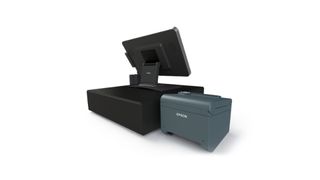
Payment Processing
Toast offers a software solution to let you accept payments from customers. Without this software, then the hardware you bought is futile. The pricing is simple; 2.99% + 15 cents if you are on a monthly hardware payment plan or 2.4% + 15 cents if you pay for your hardware upfront.
Toast does not let customers use any other payment processor except its own. This is a slight disadvantage because there are many rival processors that charge lower transaction fees.
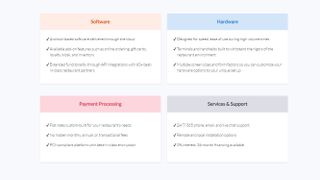
Toast POS: Interface and use
Toast’s point-of-sale software comes with an intuitive interface that you’d likely find easy to navigate. The company’s designers and developers put a lot of noticeable effort into building a modern interface that makes navigation as easy as possible. You’d often find Toast customers praising the user-friendly interface in reviews.
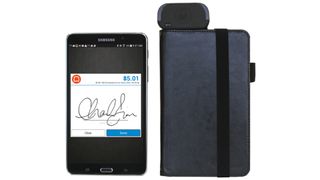
Toast POS: Support
Toast offers direct customer support via email, live chat, and telephone. The company has a dedicated support email that you can message at any time and expect a response within 24 hours. Likewise, you can get connected with live support agents on the website or dial the telephone support line mentioned on the website. There's also a support portal that includes answers to frequently asked questions, user guides, and articles concerning all aspects of using Toast.
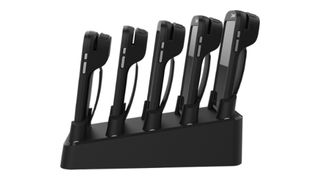
Toast POS: The competition
Lightspeed and Clover are two popular competitors to Toast’s point-of-sale system. Unlike Toast, Lightspeed does not have its own special hardware; you can choose from one of several generic options. The company focuses on the software part, with fees of 2.6% + 10¢ for every successful card transaction.
Clover has expensive hardware just like Toast, and you can either pay upfront or sign a monthly payment plan. Its transaction fees go as low as 2.3% + $0.10 depending on the plan you choose.
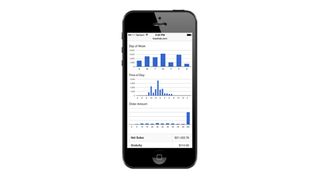
Toast POS: Final verdict
Toast is a very good point-of-sale system for restaurateurs and hospitality service providers. It offers features that’ll make it easy to accept payments from customers and run your business seamlessly. The disadvantage is that it’s a pretty expensive solution to adopt, both in the cost of hardware, transaction fees, and recurring subscription.
Stefan has always been a lover of tech. He graduated with an MSc in geological engineering but soon discovered he had a knack for writing instead. So he decided to combine his newfound and life-long passions to become a technology writer. As a freelance content writer, Stefan can break down complex technological topics, making them easily digestible for the lay audience.
Most Popular



